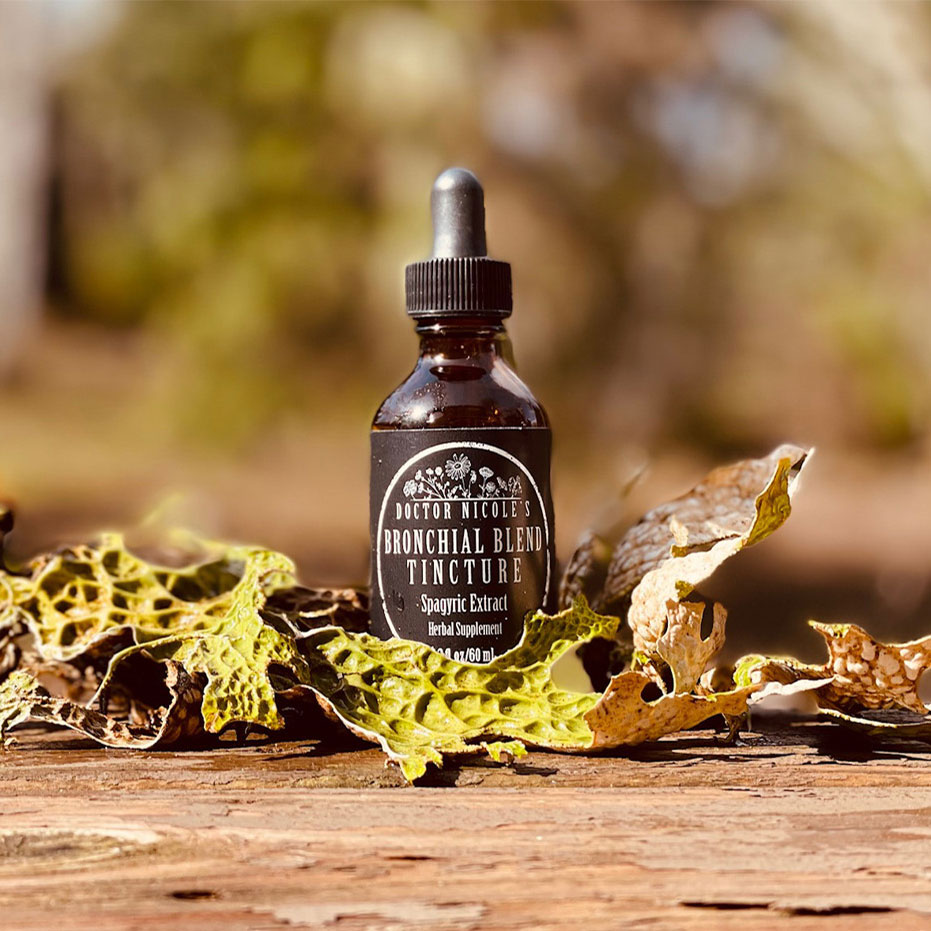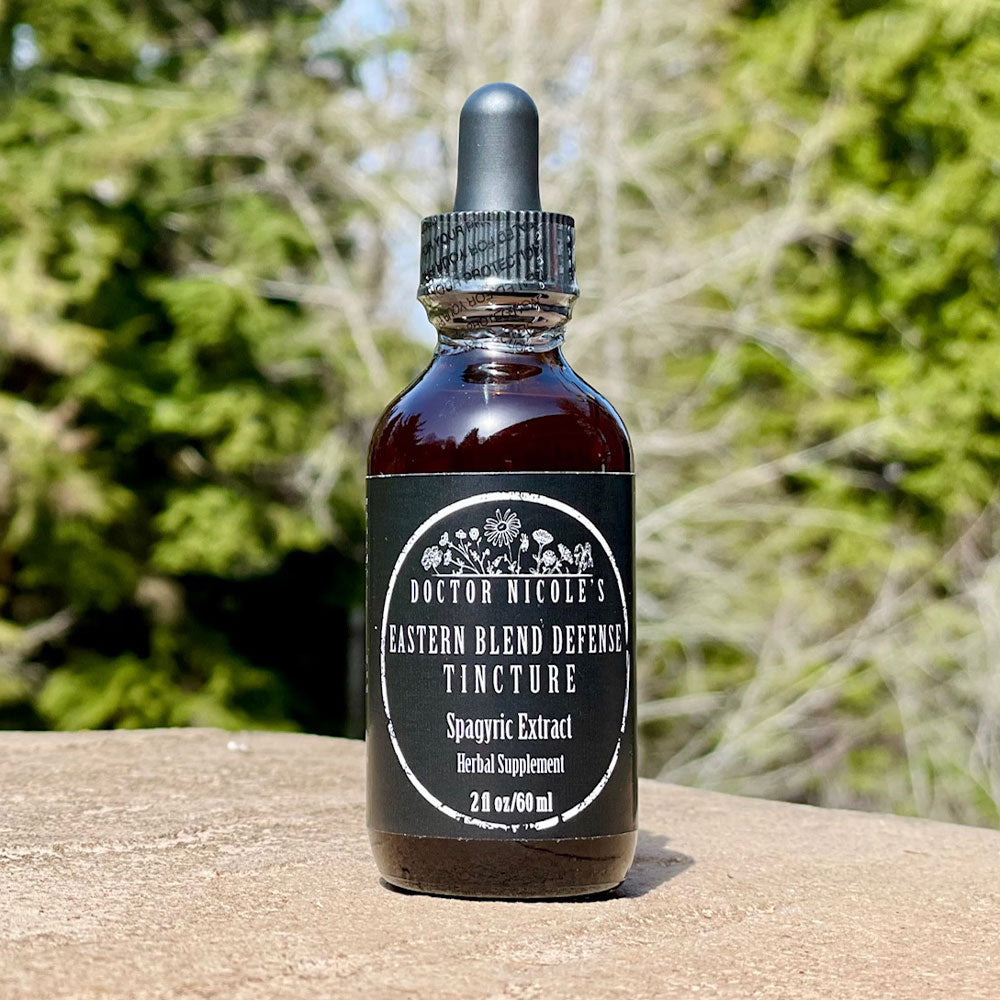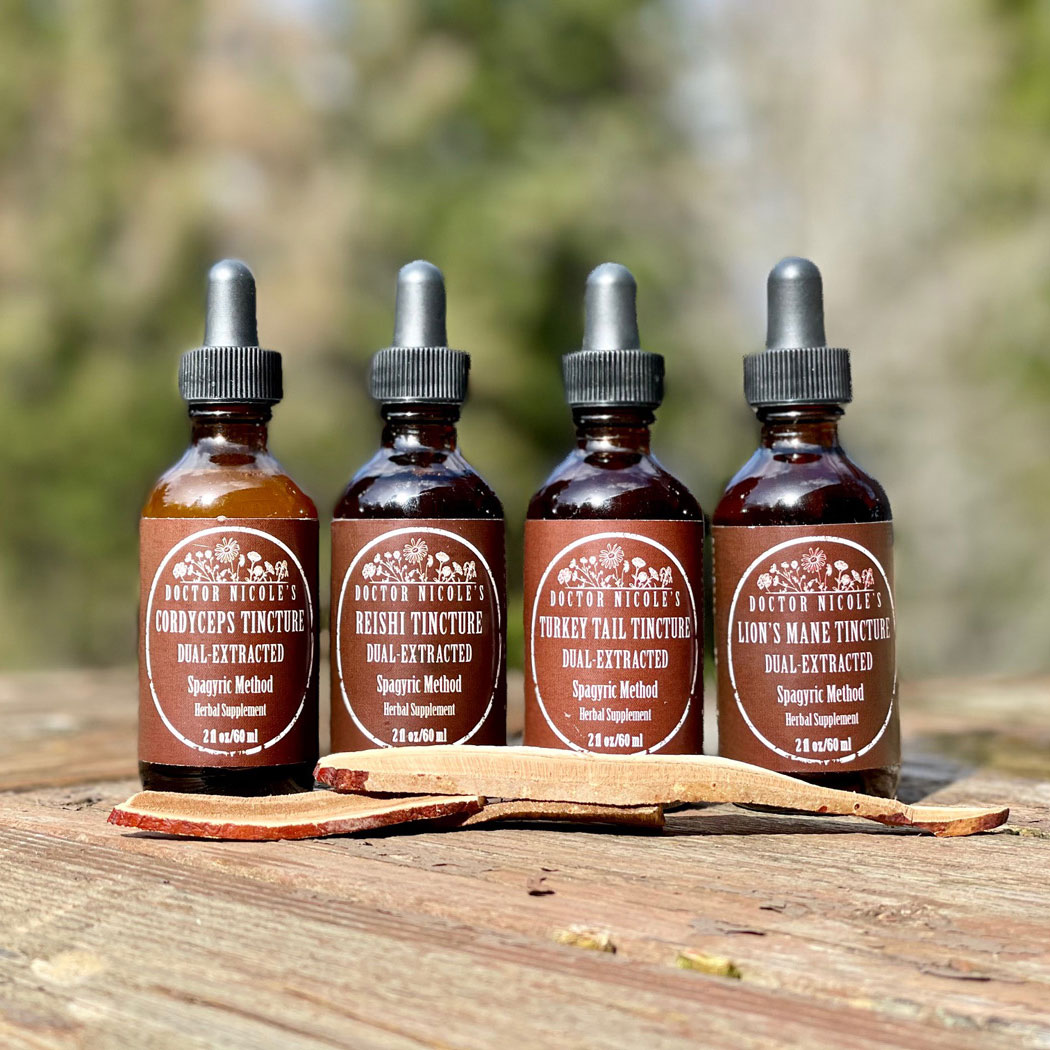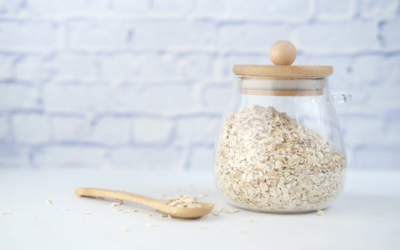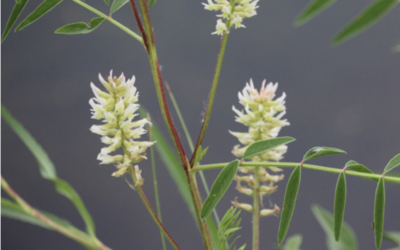Andrographis: A Bitter Herb With a Sweet Future
Used for thousands of years in Ayurvedic and Traditional Chinese Medicine, andrographis is known for addressing respiratory conditions, inflammation, colds, influenza, and more. It has also been shown to be effective against HIV and malaria. This herb boosts immunity as well, which is why those with an autoimmune condition will want to avoid it — I’ll discuss alternatives later in the post if this is the case for you. But for many, it is a helpful botanical with a spectrum of uses.

Basic Identification
Growing up to 43 inches (110 cm) tall, andrographis prefers moist and shady environments. Its dark green stem is slender and square-shaped, marked by longitudinal furrows. The lance-shaped leaves are smooth and measure up to 3 inches (8 cm) long and one inch (2.5 cm) wide. Small pink flowers bloom individually in loose racemes or panicles, giving way to a capsule-shaped fruit about 0.8 inches (2 cm) long. The numerous seeds inside are yellowish-brown and smooth. Flowers typically bloom September through December.
Where Does It Grow? A tropical plant, andrographis is native to Southeast Asia, China, and India. When cultivated, it is rated for hardiness zones ten through twelve in the United States.
Edible Uses
Extremely bitter, andrographis is only used as a medicinal plant.
Medicinal Uses
Andographis is hepatoprotective, anti-inflammatory, immunostimulatory, antioxidant, antiviral, and antibacterial. It has traditionally been used to treat gastrointestinal tract and upper respiratory infections, fever, herpes, diabetes, malaria, and snake bites.1 It is also helpful for addressing HIV infections.

Here are my top 3 uses for andrographis:
Respiratory health. One of the top uses for andrographis is to promote lung health by reducing the effects of the common cold, influenza, and respiratory infections. Interestingly, it was used with success during the 1919 influenza epidemic in India.5
Cools the inflammatory response. Andrographis has strong anti-inflammatory properties. Researchers believe this is because the herb reduces the number of circulating cytokines, which are compounds involved in the inflammatory process.4 For inflammation associated with autoimmunity, see our Mushroom FOURtress Bundle in the apothecary.
Boosts immunity. A recent 2021 study established that 21 out of 30 healthy adults saw increased lymphocyte and T cell activation after taking the supplement for around 30 days.2 Another study found the bioactive compound in andrographis increased white blood cell counts by 14%, thereby helping to fight infection.3 My Eastern Blend is an excellent alternative for those with an autoimmune condition.
Safety
Andrographis should not be used by those with an autoimmune disorder due to the immune stimulating properties of the herb. Do not use it if pregnant as andrographis may increase the risk of miscarriage.6 Avoid use while breastfeeding as safety is unknown. Stop using two weeks before a scheduled surgery due to its blood thinning properties.
An Alternative to Andrographis for Respiratory Health
If you are seeking an all-natural remedy for promoting lung health that is safe for those with an autoimmune condition, our Bronchial Blend in the apothecary is an outstanding option.
As a highly effective formulation for lung-health year-round, it is a must-have — particularly during the cold and flu season. It clears the lungs of congestion and reduces mucus formation, calms coughs and wheezing, and improves asthma and COPD symptoms. It contains powerful extracts of lungwort lichen and mullein for the ultimate in lung health. Here are the unique benefits of each herb:
LUNGWORT LICHEN
- Soothes respiratory inflammation
- Clears the lungs of congestion
- Improves cold, flu, and bronchitis symptoms
- High in antioxidants
- Effective against staphylococcus, pneumonia, and salmonella
MULLEIN
- Lessens mucus formation
- Encourages expulsion of phlegm
- Eases tightness of breathing
- Calms coughing fits and wheezing
- Improves asthma and COPD symptoms
A Life-Saver!
“My husband was diagnosed with ARDS (Acute Respiratory Distress Syndrome) in November and spent 17 days in ICU. I purchased the Bronchial Blend and we both believe this product has made a huge difference in protecting him from other illnesses this winter. His lungs are also improving and he has gone from being unable to perform regular ADL’s to now he can shower alone, drive, and cook a meal.” -Sandra
This formulation is an essential herbal remedy that everyone should keep in their herbal medicine cabinet, especially during the cold and flu season. Visit my apothecary today to learn more!
Nicole Apelian
Nicole’s Apothecary Products in this Post
References
- Anil Kumar, Jyotsna Dora, Anup Singh and Rishikant Tripathi (2012). “A review on king of bitter (Kalmegh)”. Int J Res Pharm Chem. 2 (1): 116–124. https://www.researchgate.net/publication/321213397_Indigenous_king_of_bitter_Andrographis_paniculata_A_review
- Rajanna, M., Bharathi, B., Shivakumar, B. R., Deepak, M., Prashanth, D., Prabakaran, D., Vijayabhaskar, T., & Arun, B. (2021). Immunomodulatory effects of Andrographis paniculata extract in healthy adults – An open-label study. Journal of Ayurveda and integrative medicine, 12(3), 529–534. https://doi.org/10.1016/j.jaim.2021.06.004
- Okhuarobo, A., Falodun, J. E., Erharuyi, O., Imieje, V., Falodun, A., & Langer, P. (2014). Harnessing the medicinal properties of Andrographis paniculata for diseases and beyond: a review of its phytochemistry and pharmacology. Asian Pacific Journal of Tropical Disease, 4(3), 213–222. https://doi.org/10.1016/S2222-1808(14)60509-0
- Kim, N., Lertnimitphun, P., Jiang, Y., Tan, H., Zhou, H., Lu, Y., & Xu, H. (2019). Andrographolide inhibits inflammatory responses in LPS-stimulated macrophages and murine acute colitis through activating AMPK. Biochemical pharmacology, 170, 113646. https://doi.org/10.1016/j.bcp.2019.113646
- Sun, W., Leng, L., Yin, Q., Xu, M., Huang, M., Xu, Z., Zhang, Y., Yao, H., Wang, C., Xiong, C., Chen, S., Jiang, C., Xie, N., Zheng, X., Wang, Y., Song, C., Peters, R. J., & Chen, S. (2019). The genome of the medicinal plant Andrographis paniculata provides insight into the biosynthesis of the bioactive diterpenoid neoandrographolide. The Plant journal : for cell and molecular biology, 97(5), 841–857. https://doi.org/10.1111/tpj.14162
- Jayakumar, T., Hsieh, C. Y., Lee, J. J., & Sheu, J. R. (2013). Experimental and Clinical Pharmacology of Andrographis paniculata and Its Major Bioactive Phytoconstituent Andrographolide. Evidence-based complementary and alternative medicine : eCAM, 2013, 846740. https://doi.org/10.1155/2013/846740



